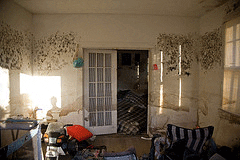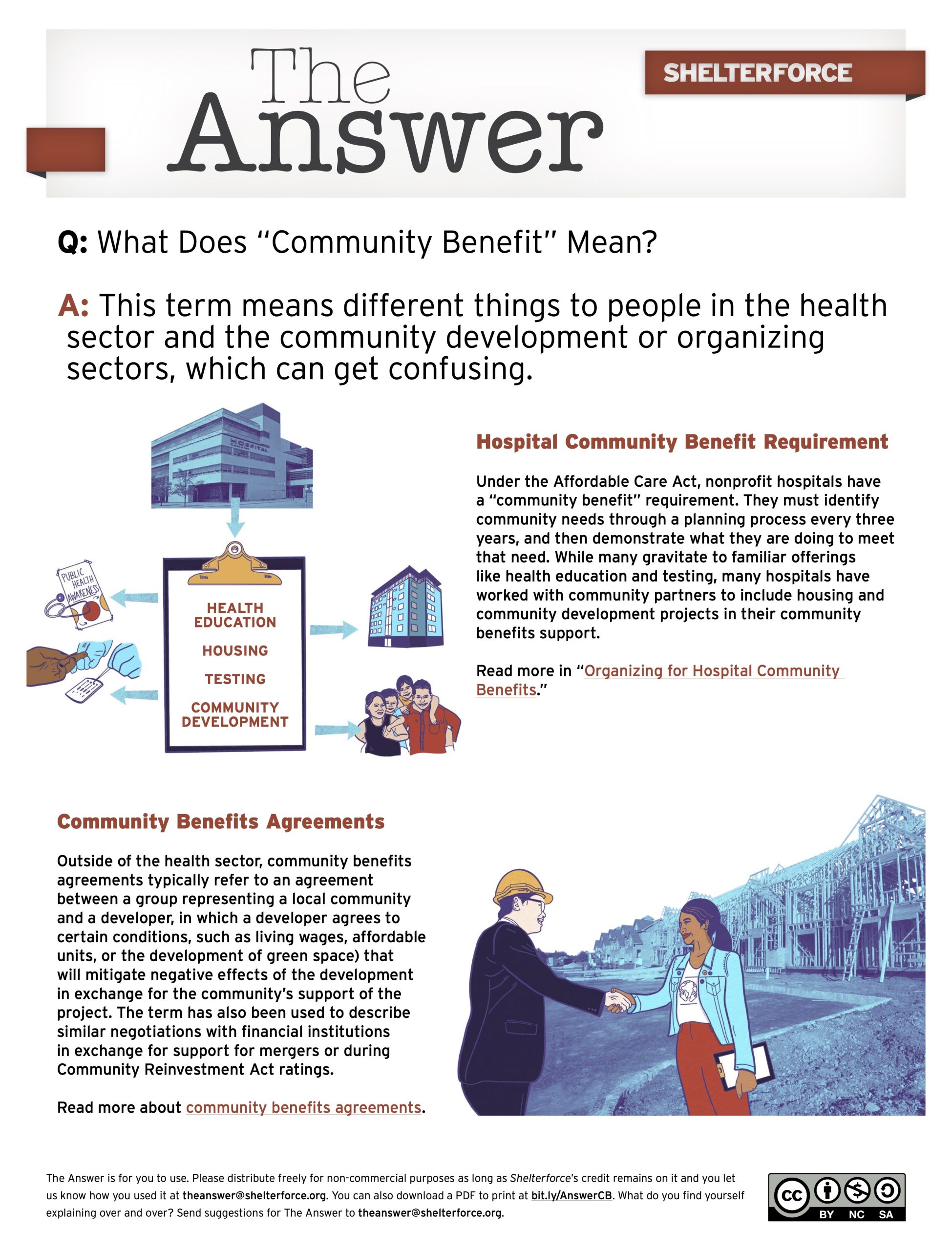
Worldwide, studies have shown that there is an inextricable connection between decent housing and health. An Emory University research study in Malawi found that children under 5 years old living in Habitat for Humanity homes had 44 percent fewer cases of malaria, respiratory or gastrointestinal diseases compared to children living in traditional houses.
Lisa Harker, a British child poverty expert, found that poor housing conditions increase the risk of severe health problems and disability by up to 25 percent during childhood and early adulthood.
Safe, solid housing eliminates many of the environmental factors that pose health threats to children and parents alike. Last year, Boston pediatrician Dr. Megan Sandel shared a compelling example. After treating a young girl with asthma in the ER, she said that no amount of medication she could offer would make it okay to send the child back to the unhealthy place in which she lived. The prescription she wanted to write was for a healthy home, which she said is like a vaccine that provides both immunity and resilience.
Candace George and her family of five children can attest to that. Before partnering with Habitat, all six members of the George family lived in a one-bedroom, fifth-floor walkup infested with rats. That wasn’t the only health hazard confronting the family-Ms. George’s youngest son, Daniel, had started having asthmatic seizures so severe that he had to be rushed to the hospital.
He would always recover rapidly, but each time he returned home, he would relapse. Eventually, a city health inspector identified the cause of these mysterious attacks was toxic black mold around the apartment’s windows.
George knew she had to get her family out of that apartment, so she applied to be a Habitat homeowner. Our New York affiliate first helped the family find temporary shelter, which made all the difference for Daniel. Getting away from the mold meant no more visits to the ER. Once the family moved into their own home, Daniel became a lively, talkative child who seldom needs to visit the doctor.
The Georges are one of many families who have struggled with unhealthy and potentially life-threatening living conditions. In the U.S., dampness and mold in homes account for more than one in five cases of asthma, amounting to an annual $3.5 billion in medical costs, according to a U.S. Surgeon General report. In other parts of the world, health threats include insects that live inside mud walls and microorganisms in tainted water. Infections are also spread more rapidly in over-crowded dwellings by a simple sneeze.
One of the primary defenses against these health risks is making adequate shelter available to everyone, including the displaced and the poor. Recommendations from multiple global agencies state that a healthy home is not just structurally safe but is built in a way to minimize health risks. Such suggestions include guidelines regarding adequate space, hard-covered floors, and roofs and walls that do not leak or harbor insects. Families should also have access to clean water and adequate sanitation.
We must use our voices to advocate for healthy living conditions for everyone. If children don’t live in decent homes, the odds of their staying healthy plummet. If they’re not healthy, they can't be educated; and if they don’t get an education, they don’t get decent jobs, meaning they won’t be able to care for their families or break out of the stranglehold of poverty. All the pieces have to line up if we are going to maintain healthy and thriving communities.
To help create healthy environments, we must reach beyond the traditional global healthcare programs to address the core issues that create and exacerbate the health problems we have been treating. The Water for the World Act is a great step forward.
(Photo credit: 'Black mold,' by Flickr user Javan Makhmali, CC BY-NC-SA 2.0)






Comments